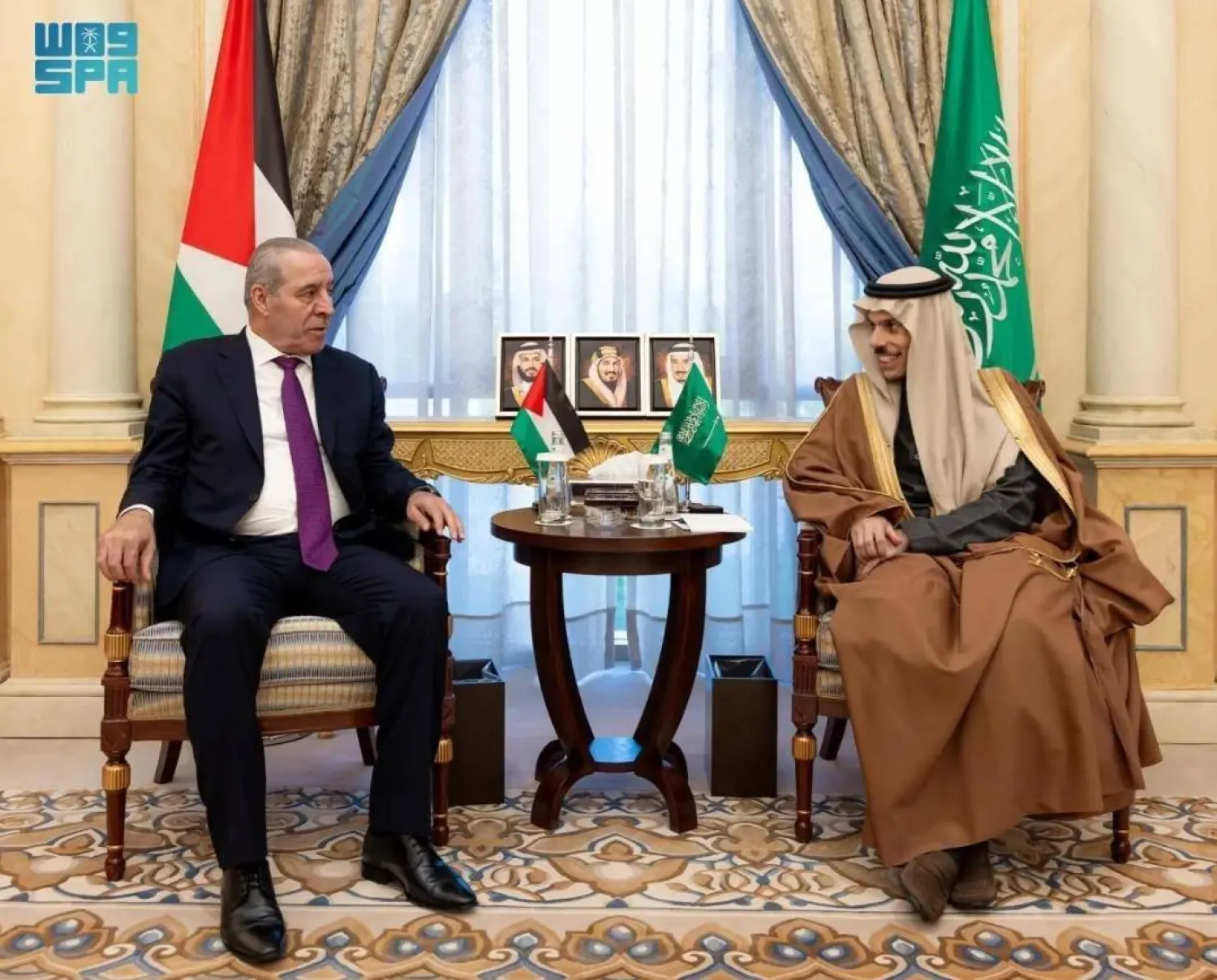Saudi Foreign Minister Prince Faisal bin Farhan Al Saud said that the United States was a key partner in defense purchase, but affirmed that the Kingdom had a number of other options to strengthen its defense and armament systems in the event that US equipment could not be obtained.
In an interview with CNN’s Nic Robertson, few hours after US President Joe Biden left Saudi Arabia, Prince Faisal stressed that his country saw the United States as a key partner in the Kingdom’s defensive purchases.
He added, however, that if the Kingdom failed to get US arms, it would look for alternative suppliers.
“We will buy missile defense systems, or any defensive weapons, from where we can find the best solutions for our needs,” he told CNN, when asked if his country would buy missile systems from China.
He continued: “We are always looking for what is best for us… what fits our technological needs, but we are not going to make ourselves exclusive to one supplier or the other because this doesn’t make commercial sense.”
The Saudi minister emphasized that the Gulf Cooperation Council countries had a unified stance regarding the Iranian threat, adding that all GCC members were communicating with Tehran in order to resolve differences through dialogue.
In this regard, he said that talks between Saudi Crown Prince Mohammed bin Salman and Biden touched on the means to confront the Iranian threat and the need to exert the necessary pressure to push the Iranians to sit at the negotiating table.
The minister of Foreign Affairs said he hoped the Iranians would take advantage of the incentives offered, which include better integration in the region and economic cooperation with their neighbors, in a way that guarantees enormous benefits to the Iranian people.
He added that the Kingdom was working with the United States and others in the region to build capabilities against any potential Iranian aggression.
In this context, Brigadier General Dr. Fawaz Al-Enezi, Saudi security expert and strategic analyst, told Asharq Al-Awsat that the varying threat sources required Saudi Arabia to keep pace with the changes and take advantage of all available military options, whether from the East or the West.
The option to head east, towards China, Korea or Japan, is aimed at benefitting from the development they have in industries and making it a strategic choice, he added.









